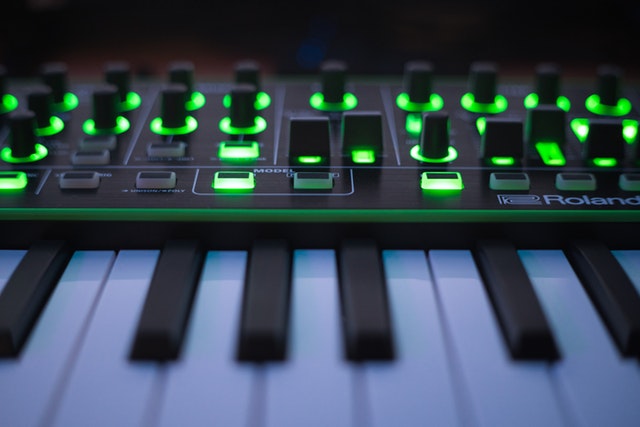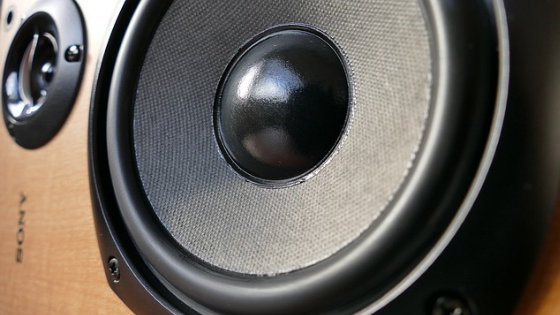You may have heard of the term “studio monitor“, usually linked to audio editing in studios. However, a lot of people think that the devices are better than the stereo speakers and could replace them quietly in the day to day of ordinary users. In fact, that’s not quite the way the band plays.
What is a studio monitor?
A studio monitor, also known as a reference sound box is an audio output device that does exactly what the name says: it serves as a sound reference for sound studios and professionals, when playing audio without any kind of noise(comes with all balanced frequencies). What the box will play will be as close as possible to what was recorded in the studio.
In general, the sound box (from simple computer to powerful sound system) has a number of adjustments and presets so that they can perform different types of music in the best possible way. A studio monitor is always set to “flat” playback, 100% true to the source audio.
This way, all the frequencies of a studio monitor are balanced, which is very useful for the sound engineer: the act of mixing a song requires that the sound is faithful to the recording, allowing for modifications. For recording studios, a studio monitor is also essential to allow correct tuning and adjustment of instruments.

Such carton sets are much more suitable for professional applications than for everyday use (for example, like home theater speakers or a computer), as they are often much more expensive than ordinary boxes.
Active or passive?
There is a second factor that should be taken into account when buying a studio monitor, which is whether the model is active or passive. The “active” boxes have their own power, you only have to plug in, connect the pairs and connect the output cable of the sound source. A “passive” set depends on an amplifier to work.
There is no difference in sound performance between any of the two types of audio monitors, but such a choice can represent a good economy for professionals. These may opt for a “passive” set because most likely they already have quality amplifiers, while other types of users can opt for the “active” version, although these are more expensive, between $300 and $400 more.
Is it worth buying a studio m
onitor?
If it is to use as a stereo sound box, day in and day out? Being direct, this investment may not be the best option if you have no experience with audio.
First, a studio monitor is traditionally more expensive than a set of speakers, which should already inhibit many interested parties. Second, since the standard equalization of sound is flat, the results and adjustments you may need to make do not like to listen to music, watch movies or play games on your computer, video game, or just plug in your stereo and etc.
You must also take into account that in order to reproduce quality sounds with studio monitors, you must manually equalize all details of the sound, for each source you intend to use, considering what kind of use you intend to give to the sound boxes. reference. It is preferable to choose a good set of stereo sound such as speakers or a soundbar and a subwoofer.
Are studio monitors important for professionals?
Important, not indispensable.
In any studio that counts, are the reference boxes that reproduce the original audio captured in a master, for later mixes and editions. Without a sound output
that reproduces the source without equalizations, editing results can be very bad. If you plan to edit professional-quality songs or podcasts, a studio monitor may prove to be your next best friend in the studio.

